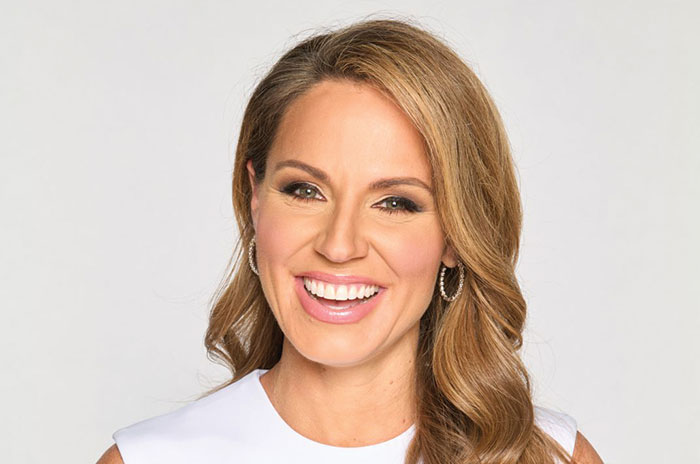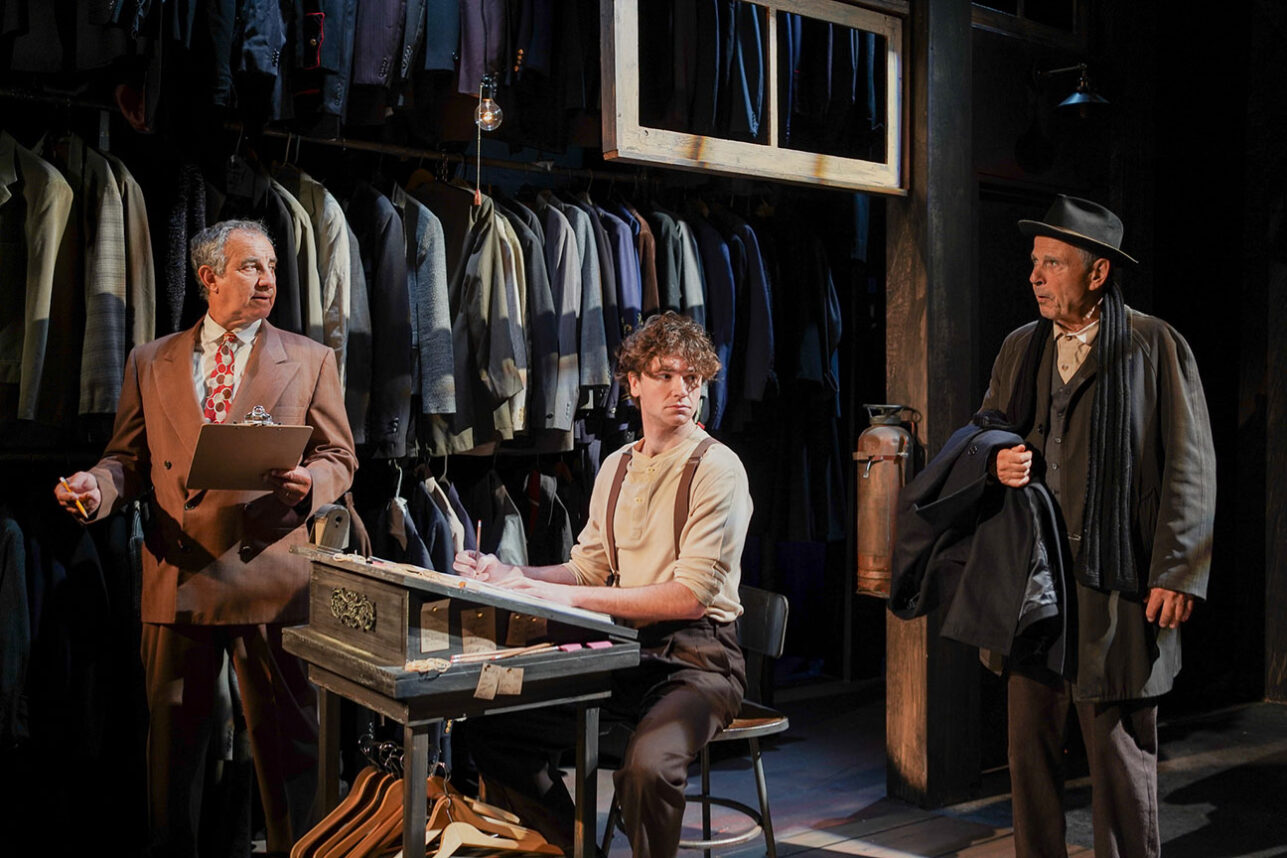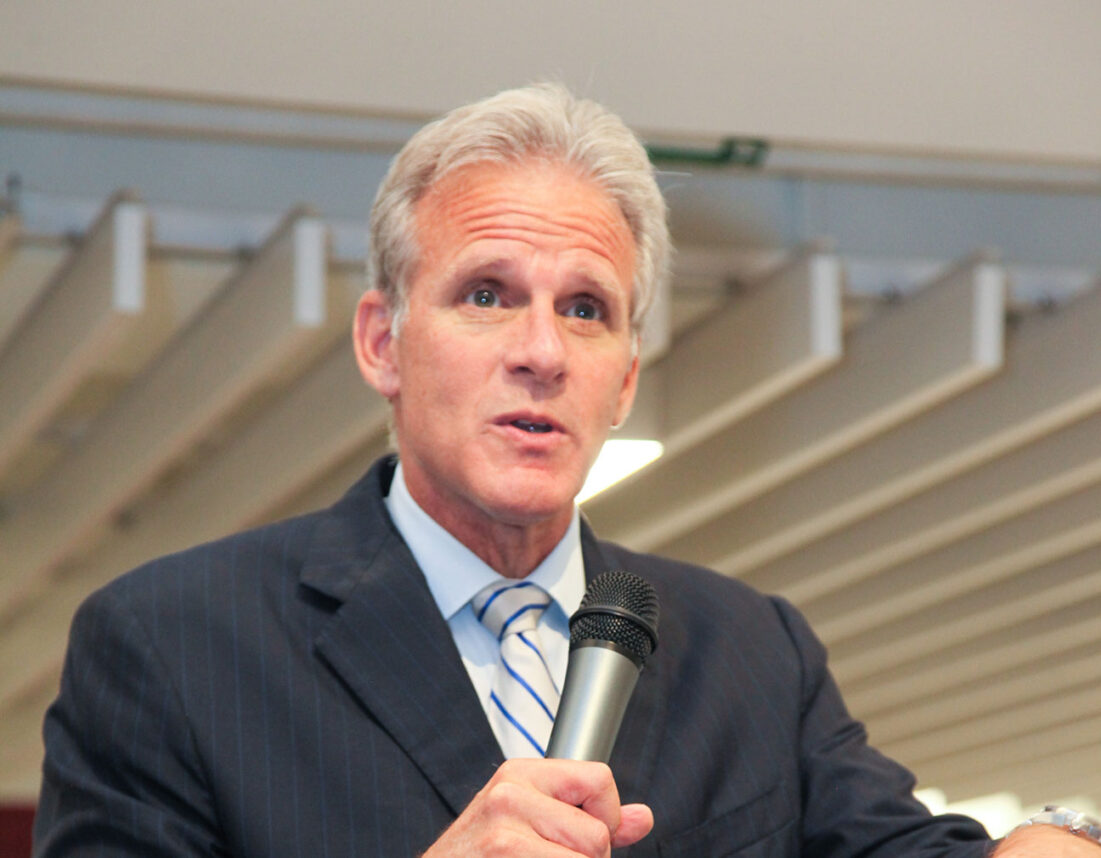More than a decade after Linda Lovelace died of injuries suffered in a car crash in 2002, the actress remains an icon as the most famous pornography star in the most successful skin flick of all time: 1972’s “Deep Throat,” about a sexually frustrated woman who discovers her clitoris is lodged in her throat. The film broke box office records, coined the term “porno chic” and even became the code name for the Washington Post source in its Watergate scandal expose.
Soon after she starred in “Deep Throat” — which would spark free-speech debates and garner support from celebrities like Jack Nicholson and Warren Beatty — Lovelace (born Linda Boreman) was lauded as an icon of the sexual revolution and held court at Hollywood parties and at Hugh Hefner’s Playboy mansion.
But her 1980 memoir, “Ordeal,” told a very different story of her early years: Lovelace claimed she was forced into porn — as well as prostitution — by her abusive husband, Chuck Traynor, who arranged for her to be gang raped and kept a pistol at the ready to ensure that she enthusiastically performed on camera.
Lovelace eventually became a fixture on the feminist lecture circuit, appearing alongside activists such as Gloria Steinem and Catharine MacKinnon to denounce pornography’s degradation of women. “When you see ‘Deep Throat,’ you are watching me being raped,” she told officials during an inquiry into the sex biz. “It is a crime that movie is still showing; there was a gun to my head the entire time.”
Lovelace’s story remains so lurid and intriguing that she is now the subject of not one, but two upcoming feature films: “Inferno: A Linda Lovelace Story,” which stars Malin Akerman and is now in the works, and “Lovelace,” starring Amanda Seyfried, which has the support of Lovelace’s children and hits theaters on Aug. 9.
“Lovelace” follows the actress’ saga through her ascent to porn queen, her relationship with Traynor and into the early moments of her feminist conversion. It’s told through two very different narratives, presented one after the other in the movie: The first recounts the story in a relatively buoyant manner, while the second retells the same events from the perspective of “Ordeal.”
The unexpected format is what one might expect of the film’s directors, Rob Epstein and Jeffrey Friedman, who gave the beat poet Allen Ginsberg an equally unusual spin in their 2010 biopic “Howl,” starring James Franco.
The Oscar-winning filmmakers are best-known for their documentaries “Common Threads: Stories From the Quilt,” “The Celluloid Closet” and “Paragraph 175,” which tells the stories of homosexuals persecuted by the Nazis. (Epstein and Friedman are both gay and Jewish.)
“Lovelace” is their first major film that does not touch on gay themes: “It’s our heterosexual entrée,” Epstein quipped during an interview at the Four Seasons Hotel.
But then again, he said, perhaps one reason the film’s producers hired them is “because we were gay men addressing a film about a heterosexual relationship and a heterosexual porn star, so maybe they thought we could do that in a way that was not exploitative.”
And, to a degree, the filmmakers identified with Lovelace: “Just like gay people, she had to go through a kind of private and then public coming-out process, when she disavowed her porn past and claimed her feminist present,” Epstein said.
“What fascinated us about Linda was that she was an enigma,” Friedman added. The first of her two memoirs — as well as interviews Lovelace granted around the time of “Deep Throat” — describe the time as heady, while her second two books (including “Ordeal”) recall those years as “sexual slavery,” Epstein said. “She told such conflicting narratives of her life. They were so starkly different that there were always doubters, and people who didn’t fully believe her.”
In fact, pornographers even used a term, “The Linda Syndrome” to describe skin-flick performers who later denounced and distanced themselves from the industry.
By telling the two versions of Lovelace’s story through two successive narratives in the film — which so far has received mixed reviews — Epstein and Friedman allow viewers to decide for themselves whether she was telling the truth about her abuse.
Even so, the filmmakers point out that she passed a lie detector test ordered by her “Ordeal” publishers before printing the memoir, which the filmmakers depict in the movie.
Interviews with Steinem also proved revealing: “Gloria told us she witnessed time and again the doubters who confronted Linda, and each time Linda would very patiently hear them out and respond, though never angrily. And when we looked at Linda’s appearances on ‘The [Phil] Donahue Show,’ you can really see that part of her.”
Some reviewers have criticized the movie for ending on an upbeat note — when the actress finally breaks free from Traynor — rather than delving into the sordid details of her later life, in which she spiraled downward into poverty and drug addiction. Lovelace also underwent a liver transplant, courtesy of life-threatening hepatitis.
She also eventually came to denounce her feminist colleagues, claiming that they, too, had used her to further their movement, while paying her almost nothing for her public appearances.
The movie does recount how, in a move that might seem hypocritical, given her history, Lovelace posed at age 53 for a spread in Leg Show magazine, which she defended as sexy but tasteful; however, the truth behind the act was, she was desperately strapped for cash.
But perhaps to depict Lovelace’s entire life may have been too dark and complicated for a mainstream film.
“What became clear to us was that once Linda broke psychologically from Chuck Traynor, that was really the end of our story,” Epstein said. “Then she was free to move on to the next chapter of her life — so we just take it to the point where she was ready to open those doors.”
“Lovelace” opens in theaters on Aug. 9.





















 More news and opinions than at a Shabbat dinner, right in your inbox.
More news and opinions than at a Shabbat dinner, right in your inbox.